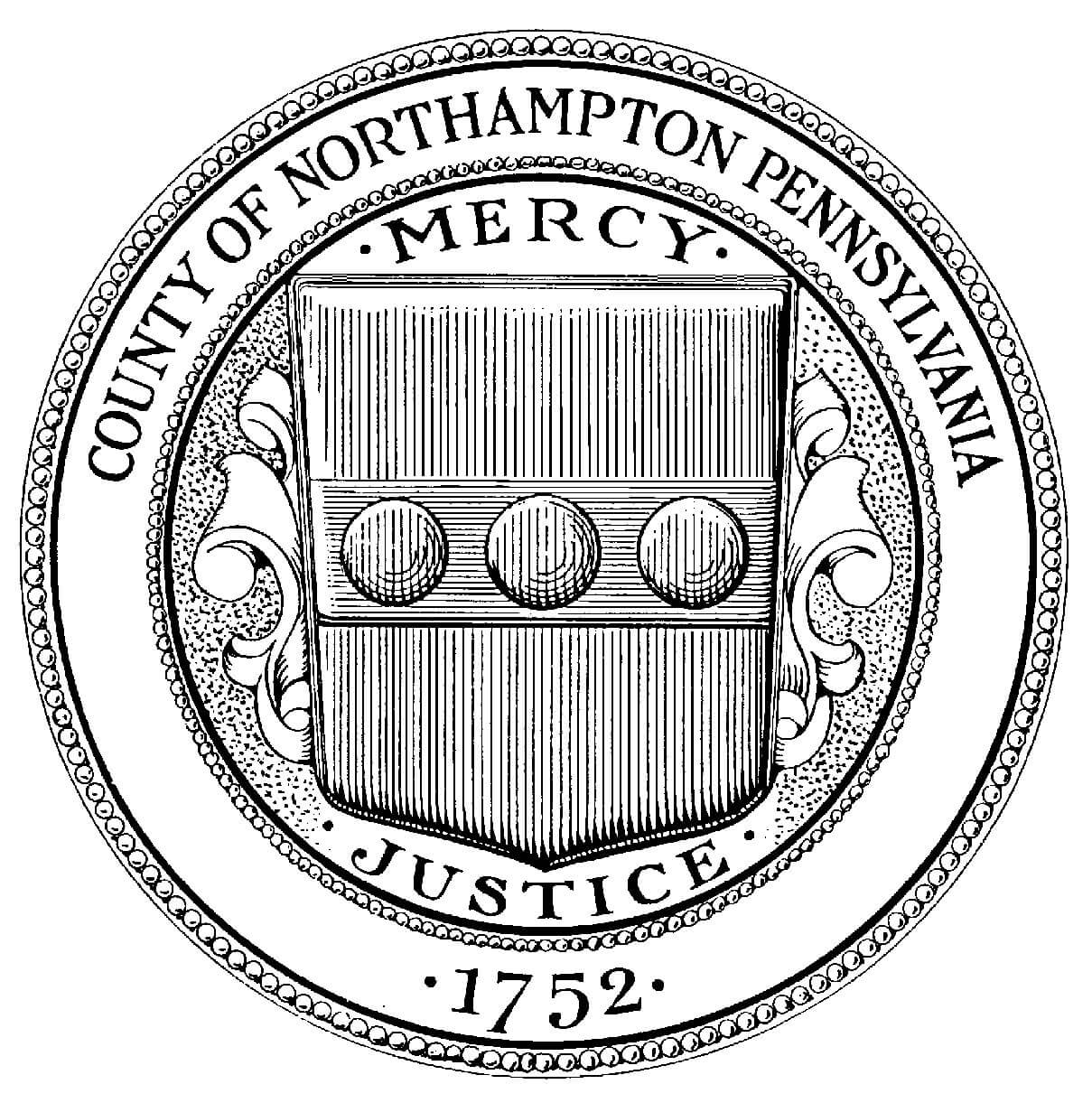The Morning Call: The star of Bethlehem Community Day? It’s historic sites
May 17th, 2016 | Home
May 14, 2016 | In The News
Written by The Morning Call
Blanca Cabrera wasn’t all that interested in building a small replica out of planed wood when she first arrived Saturday at Lukenbach Mill for Bethlehem’s Community Day, But by the time the 11-year-old Bethlehem resident had built one, she was ready to try her hand at another.
“It isn’t as hard as it looks,” said her mother, Natalia Reyes, busy building her own wooden house. “She didn’t even want to do it at first.”
But like all the other children who crowded into the main floor of the mill late Saturday morning, Blanca soon found herself absorbed in the activities that were meant to show children how Bethlehem functioned back in its earliest days.
Community Day is held every year in different locations around Bethlehem and this year the festivities centered on the newly renovated Lukenbach Mill in the Colonial Industrial Quarter.
The main floor of the mill was dedicated to interactive displays that include miniature versions of the earliest log homes, a fabric dying display, and an elaborate working model that demonstrates how the town’s Moravian settlers got water from a nearby spring to their settlement on top of the hill. Each display was overseen by a worker from Historic Bethlehem Museums & Sites, with assistance from the Da Vinci Science Center.
Joanne Ritter and Linda Zimmerman helped with the log cabin construction, while Bruce J. Ward ran the water display, and Kathy Zoshak oversaw the fabric dying table.
“This is a little like when you sneak vegetables into the spaghetti sauce you give your kids,” Zoshak joked. “They’re having fun, but they’re learning at the same time.”
Ward gave a detailed description of how the water was moved from the natural spring up the hill to the Moravian settlement.
“It was an incredibly sophisticated operation,” he said. “It was the most advanced system for its time.”
Children weren’t the only ones learning as families wandered the grounds of the Colonial Industrial Quarter. Blacksmith and tinsmiths demonstrated their talents, and the 1762 Waterworks was turning busily, letting visitors see up close how the Moravian settlers created the nation’s first municipal water system. It was a system Philadelphia copied 30 years later, museum teacher Ed Land said.
At one time, the Industrial Quarter — the nation’s first industrial park — included a tannery, a butchery, an oil mill, a soap boiler, a hattery and even a potter.
“We have an interesting history here,” said Charlene Donchez Mowers, president of Historic Bethlehem Museums & Sites. “Bethlehem is a microcosm of the history of this country, from Colonial days to the 21st century.”
Christy Potter is a freelance writer.
Read More












